It’s an errand you’ve probably done countless times before. You get a prescription from the doctor and drive up or walk into a pharmacy to get it filled. In some cases, prescriptions are called directly into the pharmacy by the doctor’s staff; this puts patients one step closer to getting the treatment prescribed to make them feel better.
However, regardless of how the order gets to the pharmacy, the process of actually filling the prescription is often fraught with mistakes. Here’s how it should work:
- Prescription is dropped off or called in and a member of the pharmacy staff, usually a pharmacy technician, takes the order. In order to avoid mistakes, the patient’s full name and date of birth should be clearly written on the prescription. Additionally, the patient should be asked about allergies to medication and any known issues should be noted on the script.
- Checking the order: It’s the pharmacy staff member’s responsibility to check the patient’s computerized file each and every time a prescription comes in to be filled. If there is a discrepancy with routine medications, that should be flagged by the technician. For example, if you have been taking a particular cholesterol medication for a year and you drop off a script for a higher or lower dosage, the pharmacy tech should make note of that and call your doctor to confirm the change.
- Entering the order: There are countless medications on the market and a pharmacy technician can’t be expected to know the ins and outs of each and every one. However, technicians with knowledge of pharmacy terminology can help flag mistakes during the order entry process. Techs must pay attention to drug alerts when entering the prescription into the computer. If there is a potential harmful interaction between the newly prescribed drug and something you are already taking, paying attention to an electronic drug alert in the system can ward off serious injury.
- Filling the Prescription: Mistakes occur all the time during the dispensing process because technicians and pharmacists may be negligent in reading labels accurately. Many drugs have labels that look like other medications. It’s vital to choose a pharmacy that doesn’t rely on the watchful eye of a human being but also has technology in place, such as a bar code scanner, to ensure the correct drug is being dispensed.
As hard as it is to believe, many pharmacy mistakes actually happen at the point of sale. How often have you gone in to pick up a prescription and just paid and walked away or drove off. Most people tend to trust the pharmacy and not check the name, drug and dosage on the prescription bottle. It’s important to review this information each and every time you pick up a drug from the pharmacy.
Despite the pharmacy’s best efforts, medication mistakes do happen. When they do, unfortunately, the result can be significant injury, even wrongful death, for the patient. If you or someone you love has been the victim of a pharmacy error, contact Andres, Berger & Tran today for a free consultation about your medical malpractice case.
